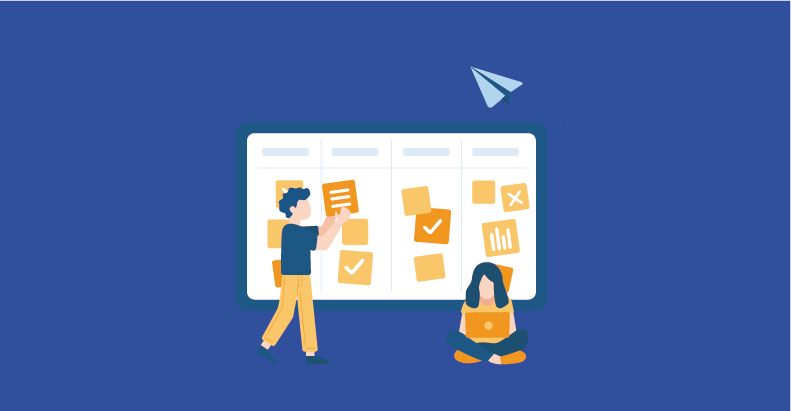Standard Methods and Techniques Used in Usability Testing

- September 5, 2023
- admin
Usability testing plays a pivotal role in developing digital products and websites. It involves assessing a product’s user-friendliness by testing it with real users unveiling any potential hiccups. These issues may include problems with navigation, complicated interfaces, or any factors hindering a smooth user experience.
In this comprehensive article, we will delve into the standard methods and techniques employed, giving you a thorough understanding of how to optimize your digital product’s user experience.
Methods and Techniques
Planning in Usability Testing
Before embarking on the journey, meticulous planning is critical. This stage entails defining clear goals, objectives, and the scope of the usability test. It’s here where you lay the groundwork for a successful testing process.
Selecting Participants
Selecting the right participants for your usability tests is a critical decision. These participants should ideally mirror your target audience. It’s essential to ensure diversity among participants, considering factors such as demographics and technical expertise. A diverse group will provide a broader spectrum of feedback.
Creating Test Scenarios
Test scenarios are scripted tasks you design for participants to complete during the usability test. These tasks are crafted to replicate real-life situations that users might encounter while interacting with your product. The goal is to assess how intuitively users navigate through your system.
Conducting Usability Tests
This is the heart of usability testing. During this phase, real users interact with your product while you observe and record their actions. Encourage participants to vocalize their thoughts and feelings as they complete the tasks. This narration provides valuable insights into their experience.
Collecting Data
Usability tests generate a wealth of data. You’ll collect information such as task completion rates, the time taken for each task, and user feedback. This data is the foundation for identifying issues.
Analyzing Results
After collecting data, it’s time to analyze it rigorously. Look for trends and patterns that indicate usability issues. Joint problems may include users needing help to navigate, encountering confusing interfaces, or experiencing frustration. These insights are invaluable for improving your product.
Iterative Testing
Usability testing is not a one-time affair; it’s an iterative process. After identifying issues, make necessary improvements to your product and retest it. This cycle continues until your product aligns with user expectations.
Remote Usability Testing
Advancements in technology have made this a viable option. This approach allows you to test your product with users from different geographical locations, expanding the reach of your usability tests.
Eye-Tracking Technology
One advanced technique is the use of eye-tracking technology. It provides a unique perspective by capturing what users focus on and how they navigate your interface. This data can reveal valuable insights about user behavior.
Card Sorting
Card sorting is a technique to determine the most intuitive way to organize information on your website or application. Users categorize information into groups, helping you design a more user-friendly structure.
Think-Aloud Protocol
Encouraging users to articulate their thoughts while interacting with your product is known as the “think-aloud” protocol. It offers a window into their decision-making process and the challenges they encounter.
Heuristic Evaluation
Usability experts can perform heuristic evaluations by assessing your product against established principles or “heuristics.” This method helps identify issues based on industry best practices.
Surveys and Questionnaires
In addition to observational data, you can gather quantitative feedback through surveys and questionnaires. These tools provide insights into user satisfaction and preferences.
A/B Testing
A/B testing involves comparing two versions of a webpage or product to determine which performs better in usability and user engagement. It’s an effective method for refining your product based on user data.
Why is it Important?
In conclusion, usability testing services are an indispensable part of product development, ensuring that your digital offerings are functional and user-friendly. By implementing the methods and techniques discussed in this article, you can systematically identify and address usability issues, ultimately leading to a more satisfying user experience.











